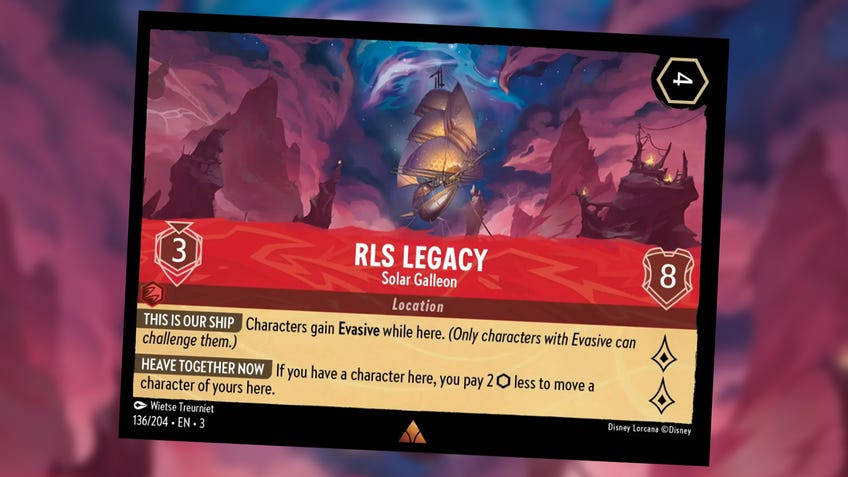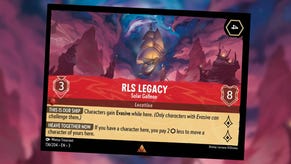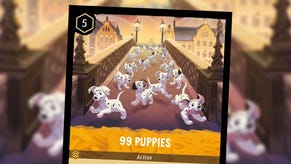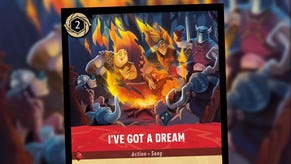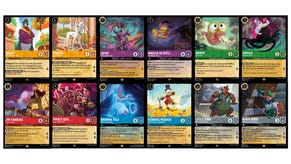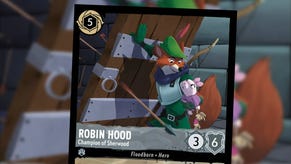Lorcana location cards explained: How do locations work in Disney Lorcana?
When you’ve got places to play.
The third major set for trading card game Disney Lorcana, Into the Inklands, saw the arrival of another 200-odd cards into the game. As well as representation for the likes of Ducktails, 101 Dalmatians, Peter Pan and Atlantis, Into the Inklands also switched up the game by introducing an entirely new card type: locations.
With the arrival of this new card type comes the potential for tons of fresh strategies for you to use against your opponents to secure more Lorcana wins. Of course, these location focused decks can also be used against you if you’re not able to anticipate them. So, how do you prepare for this?
Our guide to location cards in Disney Lorcana will provide you with all the information you need to make decks that best utilise them, as well as be ready to counteract them should they be used against you. Continue reading if you want to learn everything you need to know about Disney Lorcana location cards.
What are location cards?
Locations act just like items and characters in that you pay their cost to place them into play. Unlike items and characters though, locations don’t have a state of ready or exerted which means they’ll always be sat horizontally on the table.
How do you play location cards?
Taking a look at the different elements on a location card, in the top left - or right depending on how you’re looking at it - you’ll find the card’s ink cost, which you’ll need to pay in order to play it.
Like a character, the location has two statistics halfway down the card. The shield icon and the number inside denote the location’s willpower, just like a character card would have, and tells you how much damage that location can take before it’s banished.
How do you move characters to location cards?
On the left hand side of the card, instead of strength, you’ll see the location card’s movement cost. This is how much ink you must spend to move a single character into this location. Moving to a location is a change of state for your characters, it doesn’t require them to be ready and it doesn’t matter if their ink is drying, as long as it’s your turn and you have the ink to do so, you can move a character to any location you control.
Some characters will have their own effects that only trigger when those characters are at locations, like Peter Pan, Lost Boy Leader, who will have you gain lore equal to a location's lore value the first time he moves to one each turn.
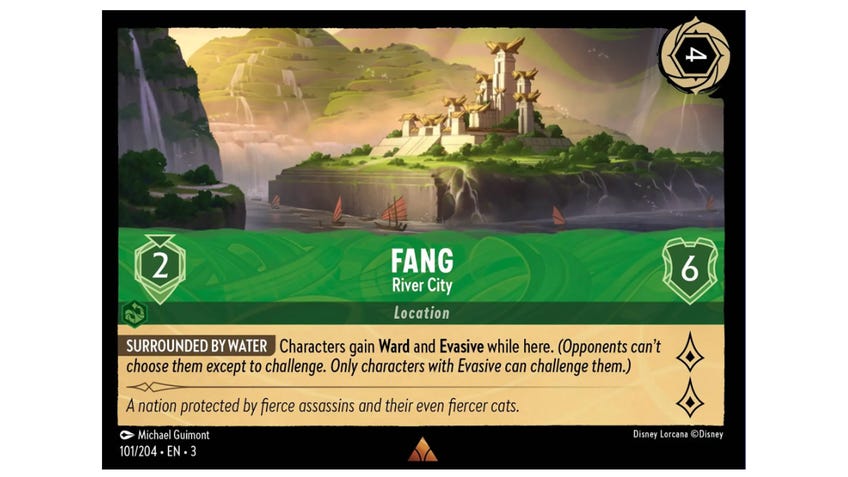
A character can move to a new location as many times as you can afford each turn but you can’t move a character to a location they’re already in. It’s also important to note that a character can only ever be in one location at a time. By moving to one location, they’ll leave any location they’re currently in. If a location is destroyed, any characters that were in that location cease to be there, and will just not be in a location anymore. They won’t have anything bad happen to them as a result.
How do you use locations to gain lore?
Some locations also have their own lore value, again just like a character. However, instead of going on quests, locations generate lore every single time you start your turn with them on the board. That means you won’t get any lore when you play them, but if your opponent doesn’t remove them, you’ll be getting that much Lore every turn guaranteed.
How can location cards combo with characters?
Some location cards have rules text which affect the characters that are currently there. Fang, River City, for example, gives all characters who are present at that location Evasive and Ward. As it stands, there are no locations that do things on their own, they’ll always need at least one character present for the ability to have an effect. Sometimes though, those rules will affect other parts of the game, like Belle’s House, Maurice's Workshop, for example, which gives a one-cost discount to all your item cards for as long as you have a character there.
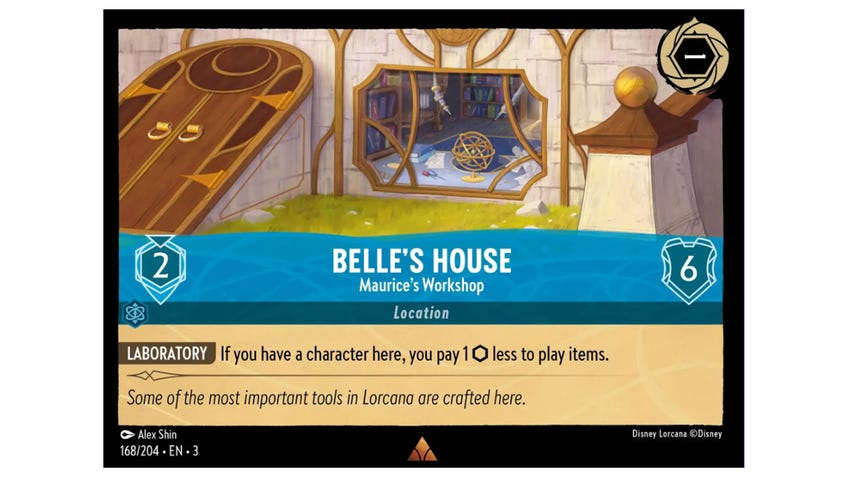
How can location cards be removed?
Locations are a brand-new card type, which means any cards that don’t specifically reference them can’t interact with them. Smash, for example, can only do three damage to a character and not a Location. You’ll need to use Along Came Zeus instead, which specifically targets characters or locations, if you want to deal direct damage.
Alternatively, you can have a character challenge a location in order to deal damage to the card and eventually banish it from the game.
Locations aren’t affected by abilities like Bodyguard which only prevent you from challenging other characters. Abilities like Reckless however, don’t specify that you have to challenge a character to benefit from it, so a Reckless character could choose to challenge a location instead - or may be forced to!. Luckily as location cards don’t have a strength value, they can’t deal any damage back to anyone that challenges them.
Locations are a tricky new card type to deal with, and could change up how we play Lorcana from now on. Especially as we’ll be seeing more Location cards in future sets. Be sure to stay up to date with the best Disney Lorcana cards and other Dicebreaker Lorcana guides to remain competitive.
